Plastic-recycling – Sustainable-textile 09-08-2022 - Arhive
Plastic-recycling – Sustainable-textile
Crude Oil Prices Trend
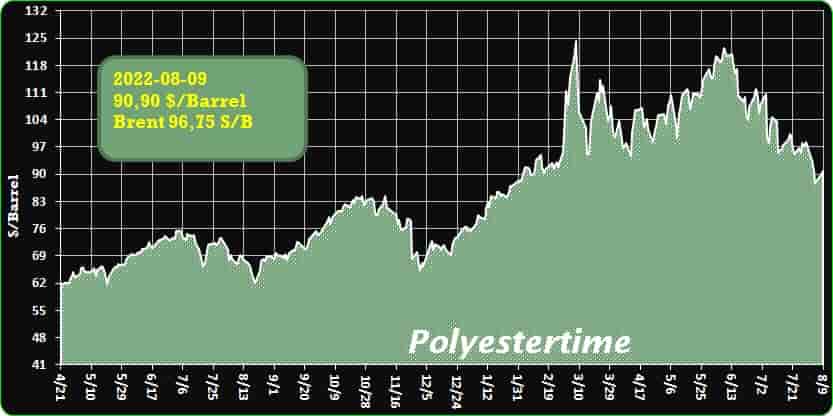
-Quantafuel, DUBAL Holding and BASF ink FEED deal for plastic recycling in Dubai
The agreement intends to carry out a front-end engineering design (FEED) for developing a Plastics-to-Liquid (PtL) processing plant in Dubai
Norway-based Quantafuel, DUBAL Holding, and chemical company BASF have signed a front-end engineering design (FEED) agreement for the chemical recycling of waste plastics in Dubai.
With BASF as the partner for the new phase, the project is currently entering the FEED stage. Plastic-recycling – Sustainable-textile
It is followed by a six-month feasibility study where the primary design criteria have been determined and the location and feedstock have been secured.
The potential final investment decision (FID) is anticipated in early 2023.
Quantafuel, DUBAL Holding, the investment arm of the Dubai Government, and chemical company BASF have signed an agreement to carry out a FEED to develop a Plastics-to-Liquid processing plant in Dubai.
The PtL initiative is a big step toward a circular economy and assists Dubai in reaching its goal of having zero trash going to landfills by 2030 by transforming low-quality, non-recyclable plastics into valuable products.
The FEED for the construction of the 80,000 ton/year plant will be finished in 2022, and a potential final investment decision is expected to be made in the early months of 2023.
Based on the lessons learned from and optimisation of Quantafuel’s first full-scale commercial plant in Skive, Denmark, the partners have decided to work together and split the cost for the development of the plant in Dubai.
Saipem, a leading name in Italian engineering and construction, has been selected to provide FEED services.
DUBAL Holding CEO Ahmad Hamad Bin Fahad said: “This agreement is an important step towards a cooperation that will foster the advancement of sustainable technology and help attain circular economy in the UAE. Plastic-recycling – Sustainable-textile
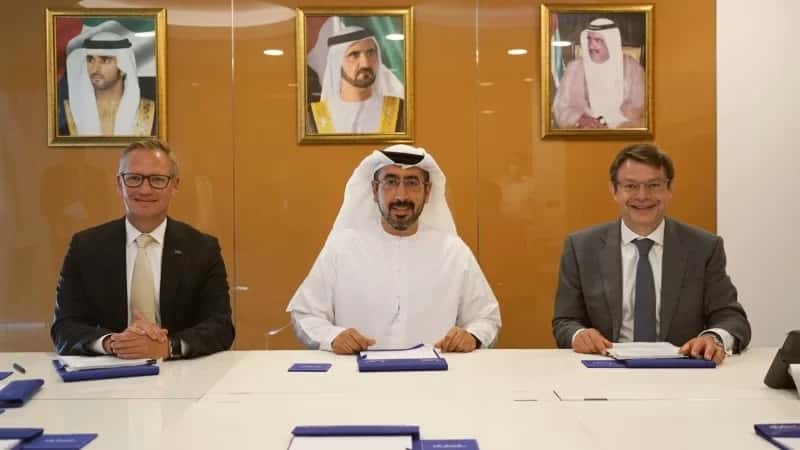
-Selenis renews recycled-content tracing certification
Materials maker Selenis has renewed its Recyclass certifications for recycled content traceability.
The certifications certify the use of 30 percent and 50 percent post-consumer recycled content in their Eco Resins and “establish trust” in the firm’s recycled products, officials said in a news release. Plastic-recycling – Sustainable-textile
Selenis commercialized its Eco Resins in late 2019. The materials can be made with up to 50 percent post-consumer recycled content. Last year, Selenis scaled up production of these sustainable resins to full production volumes and looked to guarantee traceability of these products by certifying them through Recyclass.
Officials said that manufacturers, brand owners, and retailers are increasingly looking for reliable and transparent certification. Recyclass certifications confirm that Selenis has all the required procedures to ensure traceability of recycled plastics into products. The certifications are owned by Plastics Recyclers Europe, managed by RecyClass and issued by recognized third-parties.
“With the renewal of the Recyclass certifications, Selenis proves once again that their sustainability claims are based on true circular solutions,” officials said.
Portalegre, Portugal-based Selenis makes specialty polyester, PET and copolyester resins. Also in 2021, the firm launched a line of copolyesters aimed at the kitchenware market.
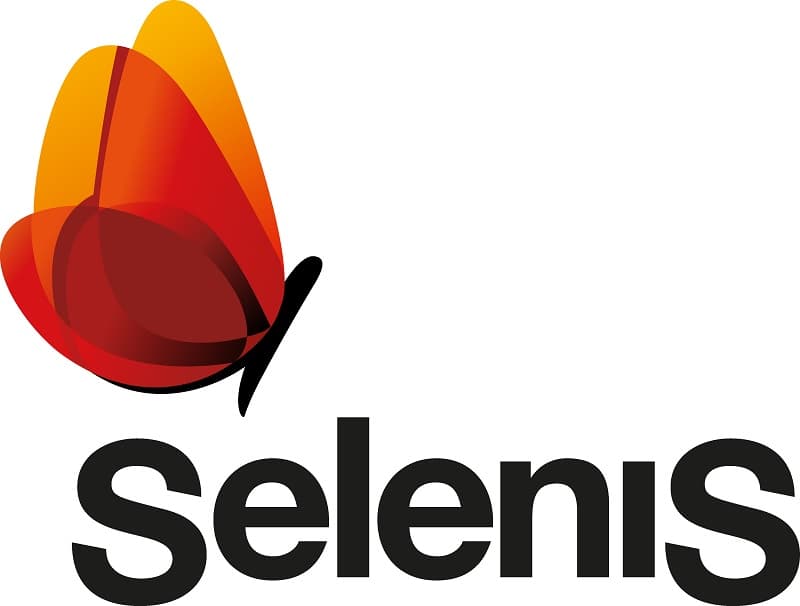
-EU-India free trade negotiations promote sustainable textile industry
Today’s trade relations between the EU and India in textiles and clothing are characterised by a large and systemic trade deficit for the EU, according to the EURATEX.
The annual imports from India exceeded €6 billion in 2021 – making it the 4th supplier – while EU exports to India reached just half a billion – the 20th place in the export markets.
Against this background, the free trade negotiations are an opportunity to rebalance that relationship; European textile and clothing companies can offer high quality and innovative products for the Indian market, but they can also offer solutions to reduce the environmental footprint of the textile industry, EURATEX said in a press release.
EURATEX, as the voice of textiles and apparel manufacturers in Europe, supports an ambitious EU trade agenda that puts reciprocity, transparency, fair competition and equal rules at the centre of its action. Plastic-recycling – Sustainable-textile
The FTA is an opportunity to establish a more sustainable and fair trading system, based on rules, global environmental and social standards, which are effectively respected by all.
In this context, EURATEX has highlighted that the sector needs open and efficient markets, but combined with effective controls where necessary, thus ensuring a level playing field for European companies. It is clearly essential that the same level of market access to India – both in terms of tariff and non-tariff barriers – is available to EU producers as vice versa.
India today benefits from reduced customs duties due to GSP. For European companies instead, market access to India is challenging, facing non-tariff barriers (related to proof of origin, quality control procedures, etc.) as well as national or state-level support programmes which distort the level playing field between EU and Indian companies. That level playing field should also apply to Europe’s sustainability targets.
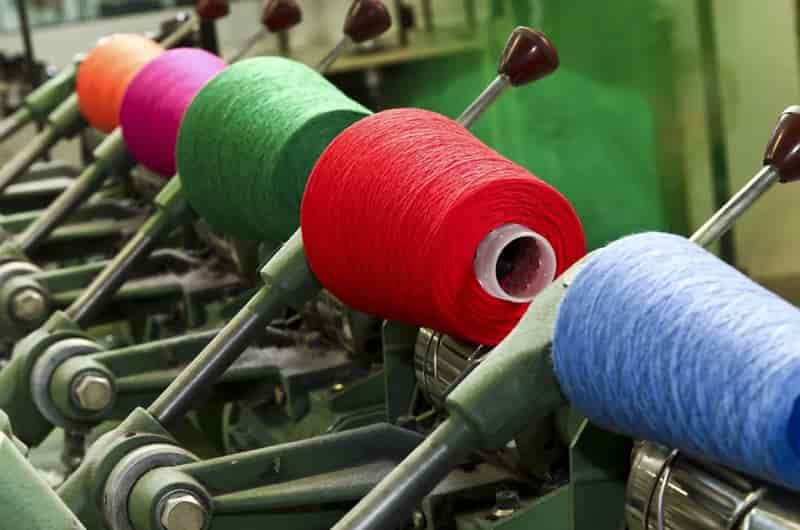
-K 2022: SI Group to unveil new brand for plastics recycling
SI Group’s newest brand will encompass a comprehensive platform of innovative additive solutions designed to accelerate the transition to a more circular economy and lead to a more sustainable plastics industry. The first solutions to be introduced under the new brand name will be stabilizers for recycled polyolefins and PET that are specifically designed to allow customers to use more recycled materials without compromising performance in the end application. Plastic-recycling – Sustainable-textile
SI Group is a global developer and manufacturer of performance additives, process solutions, pharmaceuticals, and chemical intermediates.
“We’re thrilled to deliver solutions that enable our customers and the industry to move towards a truly circular economy. Our new solutions upgrade the performance of recycled plastics so they can be used in more demanding applications again and again,” said Irfaan Foster, Market Development Director at SI Group.

-INEOS Styrolution introduces new product portfolio for polymer modification
- Well-balanced portfolio of new styrenics powder grades
- Dedicated distribution channel
INEOS Styrolution, the global leader in styrenics, has announced today the introduction of an all-new product portfolio dedicated to polymer modification. The new product lines are addressing the need of compounders and extruders to enhance the properties of polymers and allow for improved processing. Smaller volumes of the new products are available via focused and very experienced distribution partners.
INEOS Styrolution’s new modifier line is the result of intensive testing with a range of customers and partners over the past years. The result is a thorough set of new powder grades that not only modify selected product properties to allow for new application designs. Plastic-recycling – Sustainable-textile
Certain modifiers also allow for improved processing resulting for example in working at lower temperatures and with a lower energy consumption.
Modifications range from enhanced stiffness to superior long-term performance with heat exposure, better color fastness and retention, UV resistance, dimensional stability, impact resistance and more.
The styrenics based modifiers address a wide range of polymers. Compatibility and efficiency vary by polymer and have been tested for polymers including ABS[1], ASA[2], PBT[3], PC[4], PP[5], PE[6], PS[7], PVC[8], SAN[9], SBC[10], TPE[11] and TPU[12].
Agreements have been closed with specialised distribution partners Caldic B.V.[13] and Bjørn Thorsen A/S[14] to bring the new solutions to market also at lower volumes. Experts from INEOS Styrolution and its distribution partners have already started working with customers to identify the best modifier solution for a given challenge.
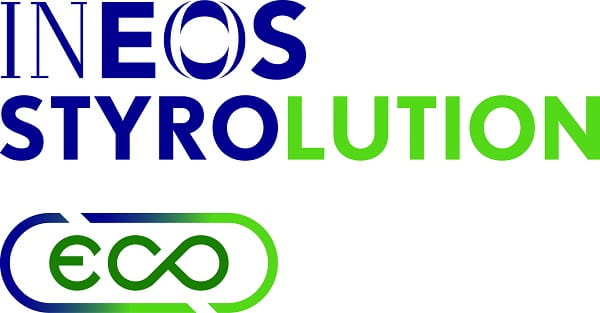
-How the Dutch could come to the rescue of Europe
The best way of dealing with Russia’s energy war on the European Union is by using it as an opportunity, and speeding up the energy transition can kill three birds with one stone: energy security, climate crisis, and energy poverty, writes Alice Stollmeyer and Lukas Trakimavičius. Plastic-recycling – Sustainable-textile
Alice Stollmeyer is the Founder & Executive Director of Defend Democracy. She has a background in social studies of science, technology, and society. A former expert on EU energy and climate policies, Alice now works on democracy and hybrid threats.
Lukas Trakimavičius works at the research and lessons learned division of the NATO Energy Security Centre of Excellence. He previously worked at NATO and the Lithuanian Ministry of Foreign Affairs.
Both authors are writing in their personal capacity.
Obviously, EU countries should have worked much harder on their energy transitions from March 2014, if not before. Unfortunately, it took a full-scale war on Ukraine for most governments to wake up to the fact that Russia has been using energy as a weapon for decades.
So let’s put massive and united efforts into doing it right now. Because with so many Ukrainian lives at stake: if we don’t stop funding Russia’s war by buying its oil, gas, coal and uranium now, when?
But even if we put all our efforts into an energy transition, this doesn’t happen overnight. So how to bridge the gap between now and the day we would not need Russian gas anymore?
The Dutch could come to the rescue.
Few people know that Groningen — a green northern province of the Netherlands — has the potential to weaken Russia’s energy grip over Europe. The province is home to the Groningen field, one of the world’s largest natural gas reserves, containing some 450 billion cubic metres (BCM) of recoverable gas. For context, this is nearly three years’ worth of European gas imports from Russia. Plastic-recycling – Sustainable-textile
In the mid-2010s, Groningen was still annually pumping out around 30 BCM, but this year it is expected to produce barely 4.6 BCM of gas. Some years ago, the government decided to phase out gas production in Groningen to tame the drilling-induced earthquakes, which have plagued the region since the 1980s.
Although these earthquakes did not reportedly result in any deaths or physical injuries, over the years, they caused more than €1 billion of infrastructural damage.
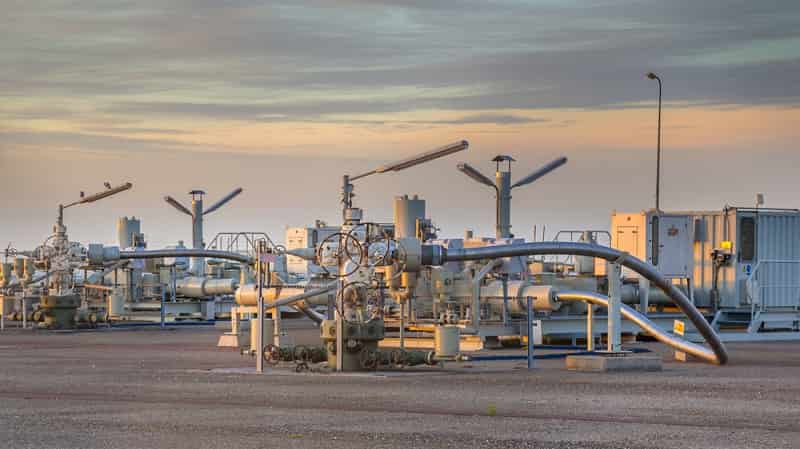
The European Union is embarking on the transition to a climate neutral economy with the blueprint laid out in the European Green deal. The European Green deal will have an unprecedented impact on all industries across Europe and the globe, not least of all the polyurethane sector. By 2050, The European Union aims at becoming a sustainable and climate neutral economy, while already reducing greenhouse gas emissions by 55% by 2030. The European Green Deal includes major action fields mobilising the polyurethane industry for a clean and circular economy. Plastic-recycling – Sustainable-textile
The next challenge is how to turn the Green Deal blueprint into reality. It is an immense undertaking and the inherent properties of polyurethanes provide sustainable solutions to address many of the challenges of the Green Deal. An important aspect of the Green Deal is moving from a linear model towards a circular economy. The circular economy is a model of production and consumption, which involves sharing, leasing, reusing, repairing, refurbishing and recycling existing materials and products as long as possible. In this way, the life cycle of products is extended.
To deliver on these ambitions by 2050, the polyurethane industry has launched a series of initiatives including the use of recycled resources and the development of recycling technologies to minimize waste and reduce CO2 emissions.
Polyurethane foam is a thermoset polymer. Contrary to thermoplastics, thermoset plastics are capable of becoming fully rigid when heated or cured. Because of its lightweight and unique properties, polyurethane foam is used in a variety of applications.
It can be tailored to be either rigid or flexible, with a market share of about 50:50. Around 90% of flexible PU foam is used in bedding, upholstery and automotive industry. The rest is used in a variety of applications, such as kitchen sponges, shoe insoles or as acoustic insulation, among hundreds of other applications.
PU rigid foam is a premium engineered insulation material used in a wide range of building and technical applications. Thanks to its low thermal conductivity and high durability, it may save more than 100 times the energy needed for its production during its 50-year lifetime – possibly more – in buildings.
Polyurethane foam is a durable material, normally made to last for the whole lifetime of the product that contains it. When PU reaches its End-of-Life phase – after many decades in use – it enters the waste stream, ready to be re-used or recycled.
Recycling Technologies
When it comes to the end-of-life phase of thermosets – contrary to thermoplastics – the recycling technology of heating or melting cannot be applied.
Still, the polyurethane foam industry at large has been working at addressing this challenge over the past years. Many of the past issues have been resolved in the supply chain, the regulatory environment has evolved and recycling technologies have come a long way. Plastic-recycling – Sustainable-textile

-Europe’s Green Hydrogen Rules Raise Costs for Industry
The European Union (EU) has made clean hydrogen a pillar of both its net-zero target for 2050 and its near-term efforts to get off Russian gas. To enable the scale-up of the industry, the EU released its definition of hydrogen that will qualify as green and the budget for its long-awaited carbon contracts-for-difference scheme. The EU’s stringent rules will ensure any hydrogen produced is low carbon, but raises the cost of procurement for industrial end-users. Plastic-recycling – Sustainable-textile
Europe has taken a lifecycle approach to measuring emissions from hydrogen (H2). The EU has set an emissions threshold for hydrogen of 3.38 kilograms (kg) CO2-equivalent per kg-H2. This is more lenient than some other regions but covers a wider emissions scope: everything from the energy inputs to make H2 through to consumption.
The proposed rules favor H2 projects in locations with high shares of renewables. Since Norway’s grid is 90% renewable, a grid-connected electrolyzer could qualify as green and achieve a levelized cost of H2 (LCOH2) of $2.58/kg in 2025 while ensuring stable output. However, in most EU countries, the bloc’s definitions will give preference to co-located wind and solar as the power source. H2 produced from wind and solar in Portugal could cost 4% less than a grid-connected project in Norway but would only have a 50% utilization rate.
Strict temporal correlation will drive up the cost of stable H2 production required by industrial end-users.
The EU requires hourly matching of H2 production and renewables generation, which limits an electrolyzer’s utilization rate without additional energy storage.
An off-grid project in Germany could produce stable H2 using solar, wind and batteries for an LCOH2 of $4.91/kg in 2025 – nearly double that of a grid-connected project in Norway.
The carbon contracts-for-difference (CCfD) scheme will bridge the gap.
Due to begin in autumn 2022, the CCfD will ensure green H2 is competitive for industrial applications. If 20% of the EU Innovation Fund budget in 2025 went to green steel projects using H2, the scheme would support 55,085 tons of annual renewable H2 production. Plastic-recycling – Sustainable-textile
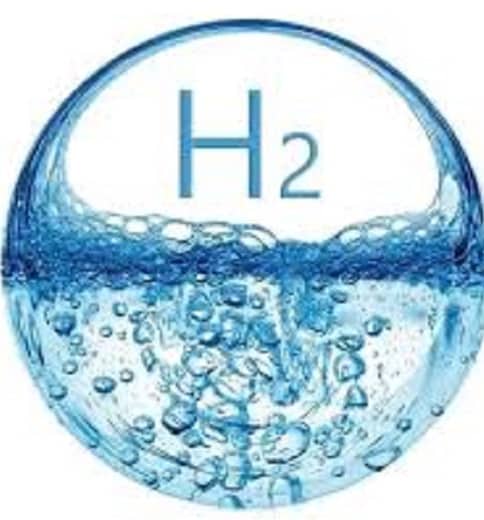
Plastic-recycling – Sustainable-textile
